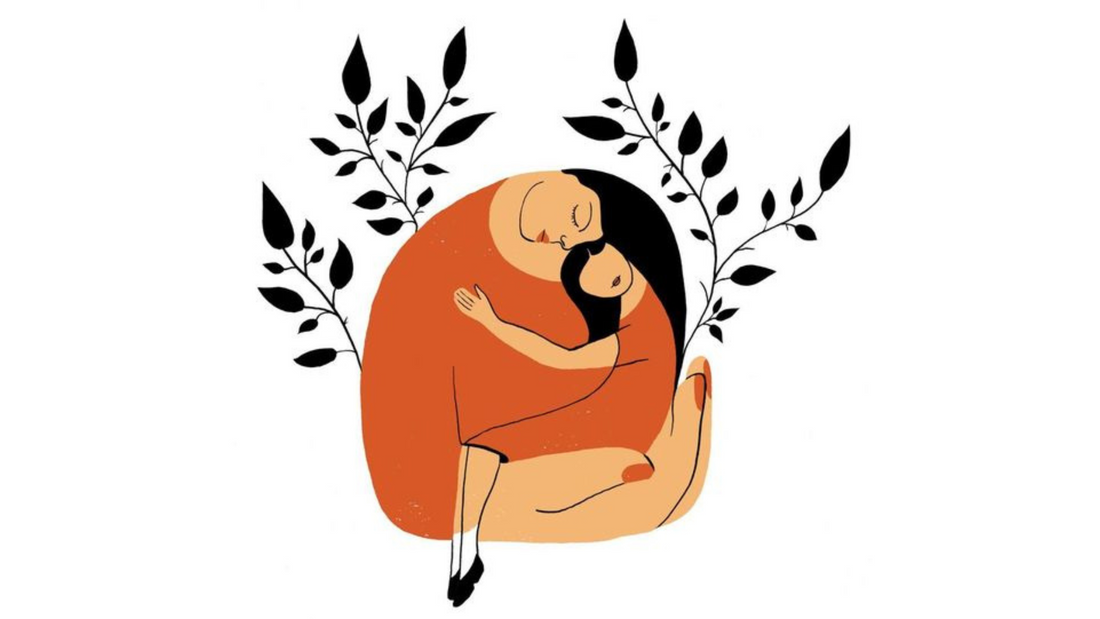
6 Tips to Heal Your Inner Child
KFTS BloggersShare
All of us grew up with a nagging voice inside us. That same voice that constantly sticks with us right from childhood. We keep growing older, but this voice still reminds us of our younger selves and keeps affecting our mental health. People with wounded inner children can often experience persistent and chronic feelings of emptiness, helplessness and hopelessness. Caring for this younger version of you that still continues to live through you is necessary. We all need to process the hurts and wounds that we’ve acquired through our childhood. To address our unmet needs as children and repair the attachment scars we've acquired, we can use ‘inner child work’, also known as inner child healing. These are processes that we can employ to recognize and heal childhood trauma.

What do these Inner Child Wounds look like?
Although everyone’s childhood experience is a unique journey, there have been studies by premier mental health institutes like Healthline and psychiatrists that generalize inner child wounds into more or less the below six types -
1. Abandoned/Detached Child: If you happen to have been in an environment where you constantly felt neglected, rejected, and abandoned, it could lead to the formation of certain deep fears to be instilled within you. You might experience low self-esteem, self-doubt and might not be open to intimacy and trust in relationships. There would be a sense of isolation that has been put in place either because of physical, emotional, or psychological abandonment.
For some, this could mean the absence of a parent, or rather the emotional availability of the parent. This leads to a fear of being left alone as well, in which case you might seek constant validation. In such situations, it often helps to develop self-compassion so you are content with yourself and do not base your worth on how others treat you.
2. People-Pleaser Child: Have you ever felt like you could only seek your parent’s attention and care after having achieved something? The people-pleaser child will often find that they were only nourished when they could please the people who were supposed to create a loving environment irrespective of that. This conditional care might cause you to develop unhealthy boundaries, and not be able to prioritize your needs over others. There is a need to work more on communication so that you do not feel the need to experience value from external sources of validation.
3. Inner Critic Child: A childhood filled with negative experiences, trauma or abuse often leads to the development of this inner child wound. You might indulge in self-sabotage, self-doubt, and struggle with accepting positive experiences to protect yourself from further rejection. The way to work through this would be to acknowledge negative self-talk and replace it with more self-acceptance.
4. Perfectionist Child: If your caretakers followed a rigid approach of punishments and rewards, it is likely that you resonate with this inner child wound. Having to deal with high expectations all your life, you may struggle with anxiety, procrastination, or indecision as you might feel that there is only one perfect path to life. It is important to work on self-care and stress-reducing strategies while also recognizing similar unhealthy behavioral patterns.
5. Victimised Child: When there is a presence of physical, emotional, or sexual abuse in childhood, it might induce a state of powerlessness, helplessness, shame, and guilt into the person’s mind for a lasting period. Victimhood might make you lose control over life as you feel like nothing you do would make a difference. To regain a sense of empowerment and self-autonomy it is important to start accounting for your emotions and actions and voice them out more.
6. The Enraged Child: If you grew up in a house where at least one parent frequently lost their temper with other family members, it’s likely that you grew up to fear the same and shut down from them. This leads to a lot of repressed emotions that are subsequently released in huge outbursts of anger. It is important to work on what triggers your feelings of anger and other such related emotions while developing healthier coping mechanisms to relieve repressed emotions.
How to work on your Inner Child Wounds?
According to clinical psychologist Trish Phillips, Psy.D., we all have a younger version of ourselves who was "never quite loved the right way or the way they needed as a child." The process of "inner child work, like any type of inner work, involves creating a space where your subconscious is allowed to take the lead," according to Phillips. Going inside oneself to investigate one's genuine sentiments and aspects of oneself that may have been rejected or deemed "inappropriate" or "too much" by others is known as doing inner work.
By giving ourselves space to reflect, we start to strip away our regular coping strategies (such as avoidance, numbing of our emotions, etc.), which enables us to completely embrace and bring our subconscious into consciousness. Exercises that tap into your inner child, such as the butterfly embrace, self-compassion, and letter-writing to your younger self, can aid in your recovery from traumatic situations.
References
- Trieu, T. (2023, April 10). 5 signs you may need to heal your inner child & how to start. mindbodygreen. https://www.mindbodygreen.com/articles/inner-child-work
- Raypole, C. (2023, February 13). 8 tips for Healing your inner child. Healthline. https://www.healthline.com/health/mental-health/inner-child-healing#takeaway
- Spelman, D. B. (2023, March 10). Healing inner child wounds. Private Therapy Clinic. https://theprivatetherapyclinic.co.uk/blog/healing-inner-child-wounds/

